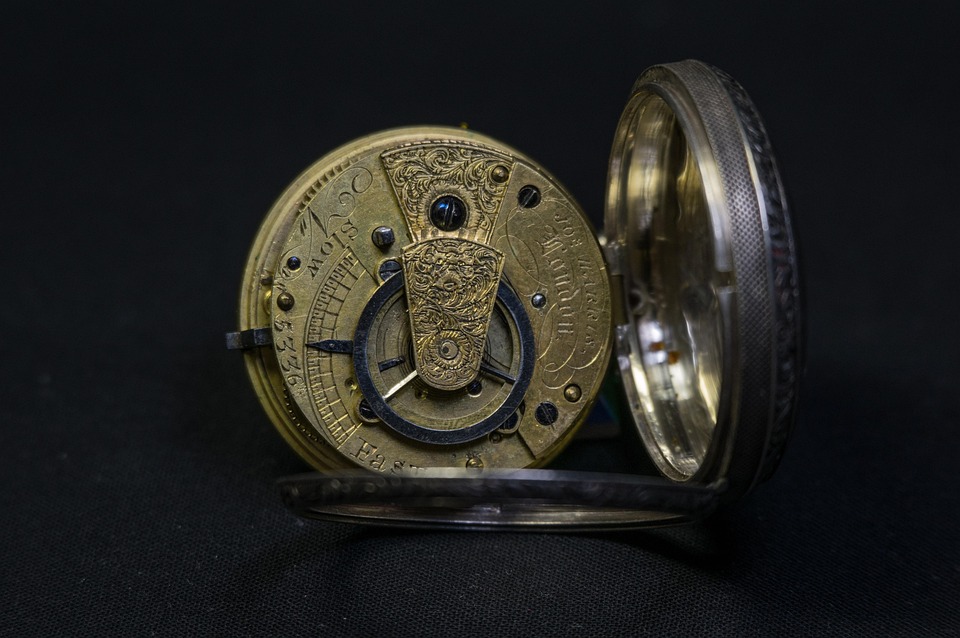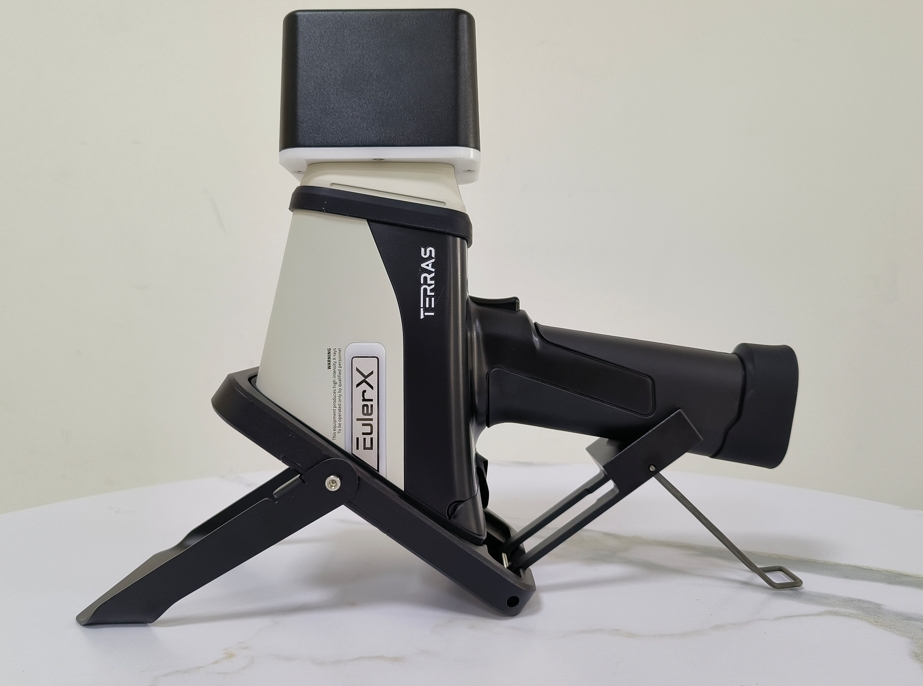
Metal Material
A high-tech enterprise focusing on the development and application of X-ray technology products, committed to becoming a leading supplier of X-ray industrial testing solutions.
The Future of XRF Analysis in Environmental Monitoring and Safety
Introduction
As environmental concerns continue to rise, industries and regulatory bodies are increasingly relying on advanced analytical techniques to monitor pollutants and ensure safety. X-ray Fluorescence (XRF) analysis has emerged as a powerful tool for rapid, non-destructive elemental analysis in environmental monitoring. With advancements in technology, the future of XRF is poised to revolutionize how we detect and manage contaminants in air, water, soil, and consumer products.

Why XRF is a Game-Changer
XRF spectroscopy works by irradiating a sample with X-rays, causing the elements within it to emit secondary (fluorescent) X-rays. These emissions are then measured to determine the sample's elemental composition. Key advantages of XRF include:
Non-destructive testing – Samples remain intact after analysis.
Fast and accurate results – Real-time data with minimal sample preparation.
Portability – Handheld XRF devices enable on-site testing.
Multi-element detection – Can identify a wide range of heavy metals and toxic elements.
Current Applications in Environmental Monitoring
1. Soil and Sediment Analysis
XRF is widely used to detect hazardous metals like lead (Pb), arsenic (As), cadmium (Cd), and mercury (Hg) in contaminated sites. This helps in remediation efforts and ensures compliance with environmental regulations.
2. Air Quality Monitoring
Particulate matter collected on filters can be analyzed using XRF to identify toxic elements from industrial emissions or vehicle exhaust.
3. Water Pollution Control
Though XRF is less common for liquid samples directly, it can analyze filtered solids or sediments to detect metal contamination in water bodies.
4. Consumer Product Safety
Regulatory agencies use XRF to screen toys, electronics, and building materials for restricted substances like lead and cadmium.
The Future of XRF in Environmental Safety
1. Enhanced Portability and Smart Integration
Next-generation handheld XRF devices will become even more compact, energy-efficient, and integrated with AI-driven data analytics. This will allow for instant decision-making in field inspections.
2. Improved Sensitivity and Detection Limits
Advancements in detector technology (such as silicon drift detectors) will enable XRF to detect trace-level contaminants at parts-per-billion (ppb) levels, rivaling traditional lab methods like ICP-MS.
3. IoT and Real-Time Data Sharing
Future XRF devices will likely connect to cloud-based platforms, allowing for real-time environmental monitoring and automated reporting to regulatory agencies.
4. Expanded Applications in Waste Management
XRF will play a bigger role in recycling industries by quickly sorting and identifying hazardous materials in e-waste and industrial byproducts.

Terras EulerX900 Handheld Alloy Analyzer
5. Regulatory Adoption and Standardization
As XRF technology becomes more reliable, governments worldwide may adopt it as a standard method for environmental compliance testing, reducing reliance on slower lab-based techniques.
The XRF spectrometry has long been a trusted method for metal analysis, offering efficiency, reliability, and portability for quality control in metal processing. The EulerX 900 series excels in this field, delivering rapid, precise results with advanced electronics and algorithms, enabling non-destructive testing of materials, finished products, and in-process parts. Its intuitive touchscreen displays alloy grades and compositions instantly, requiring minimal training and no sample preparation. Versatile in application, it handles solids, liquids, and powders, making it ideal for alloy identification, scrap recycling, precious metals analysis, and PMI.
Conclusion
The future of XRF analysis in environmental monitoring and safety is bright, with innovations making it faster, more accurate, and more accessible. As industries and governments prioritize sustainability and public health, XRF will become an indispensable tool for ensuring a cleaner, safer world.
Stay tuned as this technology continues to evolve—what was once a lab technique is now becoming a frontline defense against environmental pollution.
Join Us
Subscribe to our email list for updates & promotions.



